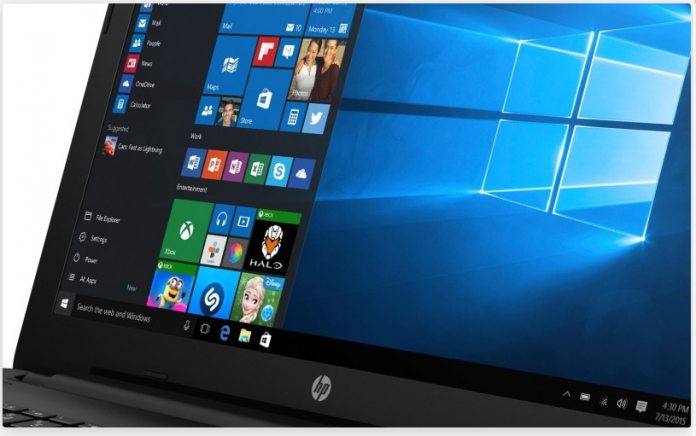Specifically, Microsoft has sent out build 14393.1613, or cumulative update KB4034661. It is unusual for the company to return after a Patch Tuesday. The idea of the monthly Tuesday release was to shore up Windows 10 security and fix issues on a monthly basis. The concept is part of Microsoft’s Windows as a service model. The company incrementally updates the platform and typically sends out one cumulative patch per month. However, there are times when the company needs to fix issues earlier. With the new release, Microsoft is fixing the following issues in Windows 10 Anniversary Update:
This package contains d3dcompiler_47.dll; for more information, read the blog post, HLSL, FXC, and D3DCompile. Addressed issue where a black screen appears when launching an application on Citrix XenApp that was deployed from Windows Server 2016. For more details, read CTX225819. Addressed issue where the User Account Control (UAC) prompt sometimes appears hidden under other opened windows. Addressed issue in the event collector data that caused data corruption with % symbols in the user logon events (ID 4624) from other Domain Controllers (DCs). Addressed issue where the PowerShell command Add-HgsAttestationTpmHost fails to find the Endorsement Key Certificate for a system even though the certificate exists. Addressed issue where, in some cases, an Encrypted Hard Drive device would not automatically unlock at system startup. Addressed issue where the AppLocker rules wizard crashes when selecting accounts. Addressed issue where third-party directory structures caused Disk Cleanup to render a boot drive inaccessible. Addressed issue where unsynchronized access in NtfsQueryLinksInfo led to a system crash. Addressed issue where an extremely high number of I/O flushes might lead to an error. Addressed a reliability issue that occurs when a user gives the wrong input to the smart card pin prompt. Addressed issue by increasing the time out window when starting Docker for Windows to avoid 0x5b4 errors. Addressed issue with Azure Multi Factor Authentication (MFA) when an ADFX server is configured to use an HTTP Proxy. Addressed issue where the calling IP address is not logged by 411 events in the Security Event log of ADFS 4.0 and Windows Server 2016 RS1 ADFS servers. This issue occurs even after enabling Success Audits and Failure Audits. Addressed issue where a computer account loses its domain membership with the error 1789, “The trust relationship between this workstation and the primary domain failed.” The same problem happens internally when a user password cannot be changed with error 0xc0000206, “The size of the buffer is invalid for the specified operation.” Addressed issue where, after a planned restart of the primary server, storage replication doesn’t automatically resume as expected. Also, Storage Replication service randomly fails after restart. Addressed issue where using a GPO logon script to map a network drive fails if the user disconnects from the network and restarts. When the user logs in again, the mapped drive is not available. This issue occurs even though the logon script has the persistence flag set to TRUE. Addressed issue where after uninstalling SMBv1, if you set the SPN validation level to 2, when you access a UNC share remotely (e.g., \\C$), the request will fail with STATUS_ACCESS_DENIED. Addressed issue where the Remote Desktop client cannot connect or disconnects intermittently when trying to connect using the RD Gateway. Addressed issue where presenting an expired or revoked certificate to the ADFS Proxy server does not return an error to the user.
Windows Update Issue
We reported last week that the most recent Patch Tuesday had broken the Windows Update history. Specifically, the history of updates would no longer show up. Today, Microsoft has acknowledged this problem and says it is working on a fix. Microsoft instructs users to go to Control Panel -> Programs -> “View Installed Updates” for an alternative.




